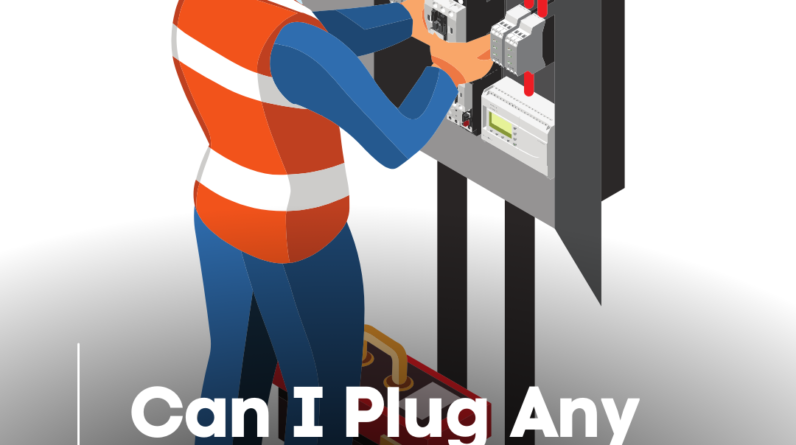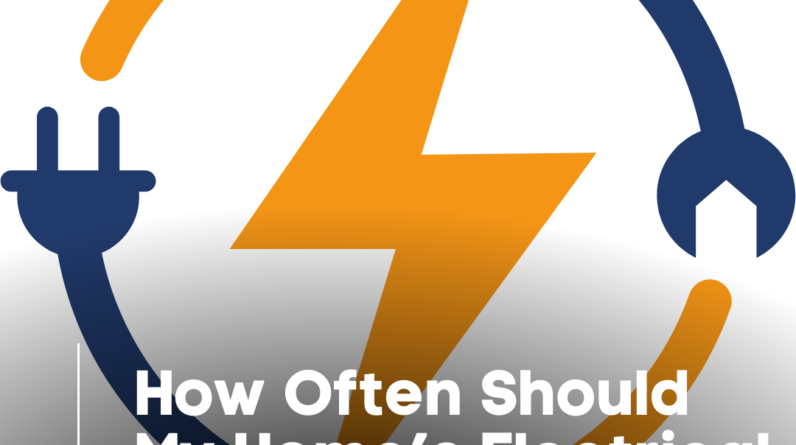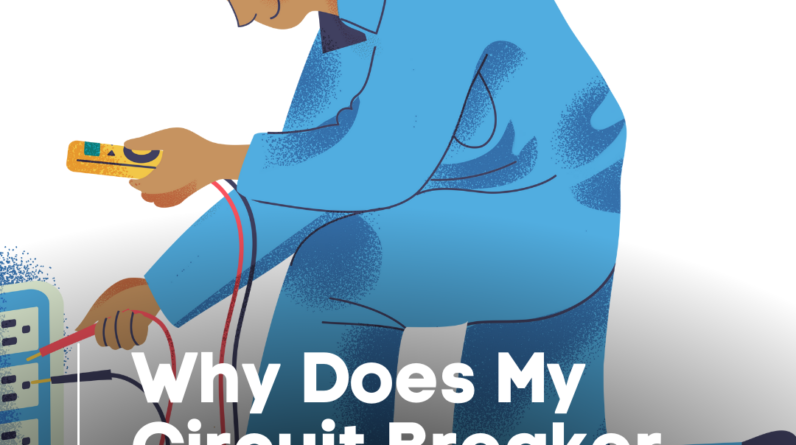
For many Torrance residents, the simple act of plugging in an appliance might seem straightforward. But have you ever wondered if you can plug any appliance into any outlet? The answer is more complex than a simple yes or no. Let’s dive into the intricacies of electrical outlets and appliances to ensure the safety of your home and devices.
Key Takeaways:
| Point | Summary |
|---|---|
| Outlet Types | Not all outlets are created equal. Different types have different voltage and amperage ratings. |
| Appliance Requirements | Appliances have specific voltage and current needs. Always check the label or manual. |
| Safety First | Mismatching can lead to fires, appliance damage, or electrical shocks. |
| Local Regulations | Torrance, CA has specific electrical codes that residents should be aware of. |
| Professional Advice | When in doubt, consult with a local electrician to ensure safety and compliance. |
1. Understanding Outlet Types
In the U.S., the most common residential outlets are the 120V outlets, often used for lamps, chargers, and smaller appliances. However, larger appliances like dryers, ovens, or electric car chargers might require 240V outlets. These outlets are designed to handle more power and are physically different to prevent accidental misuse.
2. Appliance Requirements
Every appliance comes with a label or manual specifying its voltage and current requirements. For instance, a typical hairdryer might require 120V and 10A. Plugging such an appliance into an outlet that doesn’t meet these requirements can be dangerous.
3. The Dangers of Mismatching
- Overloading: If an appliance draws more power than an outlet can handle, it can lead to overheating and potentially start a fire.
- Underpowering: Plugging a high-voltage appliance into a low-voltage outlet might not damage the outlet, but the appliance might not work efficiently or could be damaged over time.
- Electrical Shocks: Incorrectly matched appliances and outlets can increase the risk of electrical shocks, especially if there are underlying wiring issues.
4. Torrance Electrical Regulations
Torrance, like many cities in California, adheres to the California Electrical Code. This code sets standards for electrical installations, ensuring safety and efficiency. Residents should be aware of these regulations, especially when renovating or adding new electrical fixtures.
5. When in Doubt, Seek Professional Advice
If you’re unsure about an outlet or appliance, it’s always best to consult with a local electrician. They can provide guidance, ensuring that your electrical setup is safe, efficient, and compliant with local regulations.
Conclusion
While it might be tempting to plug any appliance into any available outlet, it’s crucial to ensure that the outlet and appliance are compatible. By understanding the basics of outlets and appliance requirements, Torrance residents can ensure the safety and longevity of their devices and homes. Always prioritize safety and, when in doubt, seek the expertise of a professional.






